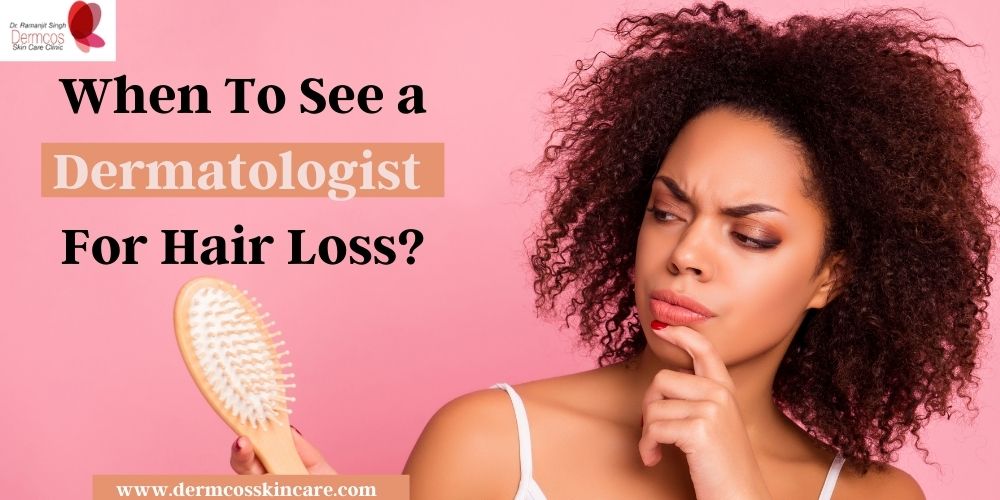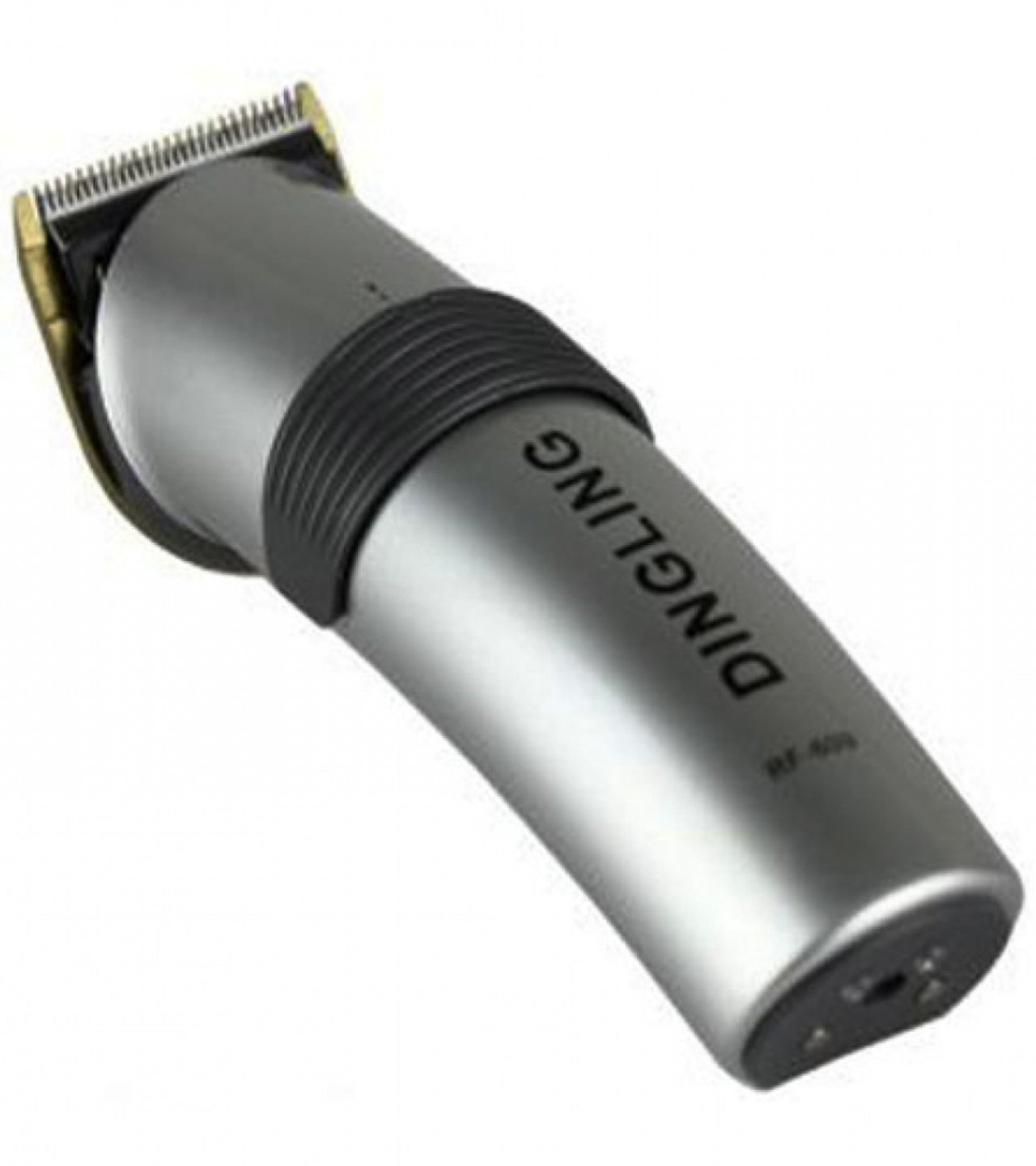Table Of Content

Drug and grocery stores carry these non-prescription products which consist of special shampoo and a fine-toothed lice comb. Follow packaging directions very closely, which often include using the product again after about a week. See your dermatologist if the rash from contact dermatitis is painful, severe or spreads to other areas of your skin.
Alopecia Treatments
Possible risks include bleeding, bruising, swelling and infection. You may need more than one surgery to get the effect you want. Hereditary hair loss will eventually progress despite surgery. Severe infections can lead to permanent hair loss and scarring, so it’s important to consult your dermatologist when you suspect a scalp condition such as folliculitis. Oral medications and some antibiotic creams or lotions can be prescribed, if needed to solve this condition. CCCA and LPP fall under the umbrella of lymphocytic scarring alopecia.
10 habits for good health
Other supplements meant to help with hair loss tend to contain a lot of one nutrient. Because this can cause you to get too much of the nutrient, many dermatologists recommend taking a multivitamin instead. A treatment plan for hair loss may include one or more of the following. Once your dermatologist finds the cause(s), your dermatologist will tell you whether treatment is recommended. Sometimes, your hair will regrow on its own, making treatment unnecessary. If your dermatologist suspects that the cause of your hair loss could be a disease, vitamin deficiency, hormone imbalance, or infection, you may need a blood test or scalp biopsy.
Healthy Eating
Meanwhile, “the goal of a serum is to target the hair follicle directly by delivering compounds that may allow for improved or optimal hair growth,” says Dr. Mirmirani. These ingredients are those that aren’t typically found in the diet, such as minoxidil and plant-based compounds. Dr. Fu and colleagues noted that the earliest time point at which LDOM should be expected to demonstrate efficacy is 3-6 months. “Baseline testing is not routine but may be considered in case of identified precautions,” they wrote. According to Healthline, other common types of alopecia include traction alopecia, telogen effluvium, alopecia areata, central centrifugal cicatricial alopecia (CCCA), and lichen planopilaris (LPP). According to Agbai, genetics, hormonal shifts, stress, underlying medical conditions, nutritional deficiencies, and scalp inflammation are notable factors.
I want to get healthier
A dermatologist can tell you whether it’s FPHR or something else that is causing your hair loss. Other causes of hair loss can look like FPHL, so it’s important to rule out these causes. Finally, if you’re applying hair growth serum in the evening, consider your skin type—since certain ingredients, such as oils, can potentially rub off onto your pillow and be transferred to skin. “For sensitive or acne-prone skin, either frequent pillowcase changes or wearing a hair bonnet after serum application may be helpful,” she says. For adult males, the most frequently prescribed dosing regimen is a starting dose of 2.5 daily, with a dosing range between 1.25 mg and 5 mg daily. The most frequently prescribed LDOM dosing regimen in adolescent females aged years is a starting dose of 0.625 mg daily, with a dosing range of 0.625 to 2.5 mg daily.
Mayo Clinic Press
In one study of 166 women taking spironolactone, 42% said they had mild improvement, and 31% reported increased thickness. This is considered the most effective treatment for people who have a few patches of alopecia areata, a condition that causes hair loss. In one study of 127 patients with patchy alopecia areata, more than 80% who were treated with these injections had at least half of their hair regrow within 12 weeks.
Hair and Scalp Disorder Clinic
Managing stress related hair loss - WSAW
Managing stress related hair loss.
Posted: Mon, 15 Apr 2024 07:00:00 GMT [source]
For adolescent males, the recommended regimen is a starting dose of 1.25 mg daily, with a dosing range of 1.25 mg to 5 mg daily. The process involved 43 hair loss specialists from 12 countries with an average of 6.29 years of experience with LDOM for hair loss, who participated in a multi-round modified Delphi process. Minimize the use of high-heat styling tools, hair extensions and harsh treatments like perms.
Harvard Health Publishing
Hair loss, or alopecia, affects more than 80 percent of men and 50 percent of women, and the risk increases with age. Ten years ago we used a smaller centrifuge to prepare our PRP. This allows us to concentrate on growth factors more efficiently than before. Over the past 10 years, doctors have naturally become more trained and experienced in effectively injecting and formulating PRP. Because of the natural nature of PRP, seeing results may take some time.

Her research and clinical interests are in all types of hair loss including alopecia areata and scarring alopecia. She has been active with patient advocacy groups and local support groups for patients with hair loss. Consult your Advanced Dermatology dermatologist if eczema is affecting your ability to sleep or engage in daily activities, looks infected or if home remedies aren’t successful.
For those with more complex needs, we provide treatment options for a wide range of hair and scalp conditions, as well as sophisticated hair restoration methods. Ameriderm, our research division, is also recruiting participants for a clinical study of alopecia areata. If you’ve noticed hair thinning, here’s everything you need to know before booking your next dermatology appointment. Androgenetic alopecia, commonly known as male-pattern baldness or female-pattern baldness, can affect both men and women.
Some common triggers include medications, sunlight, certain foods, insect bites or stings, and stress. Be aware that this condition can sometimes cause irritation and infection in the diaper area or skin folds. Keep an eye on these spots and contact your doctor if the symptoms worsen or if the area feels warm, looks red, or drains fluid. A board-certified dermatologist can often diagnose this disease by looking carefully at the area(s) with hair loss and your nails.
A typical hair transplant involves removing patches of hair from your head and reinserting the hair follicle by follicle into the bald sections. Additionally, she sees children and adults for all skin disorders including eczema, psoriasis, acne, and skin cancer. Dr. Goh practices general medical dermatology with a specialty in hair loss and scalp disorders. She did undergraduate studies at Stanford University with a major in Comparative Studies in Race and Ethnicity with a minor in Human Biology.
Symptoms include scaly red or crusty yellow patches on the scalp, though it may also start on the face or diaper area. It can spread to eyebrows and skin folds, like behind the ears, back of the neck and under the arms. Consult with your dermatologist if home care doesn’t improve your condition, if the situation worsens, or if you think your skin has become infected. There are other treatments available from your physician to combat this condition, and a dermatologist can determine whether your condition is seborrheic dermatitis or something else. For children older than 10 years of age, treatment options are often based on the amount of hair they’ve lost.
From there, the sample is split into hundreds of pieces called grafts. These grafts are now surgically installed into the areas with hair loss. Over 3-4 months, the graft and donor areas will heal completely.

No comments:
Post a Comment